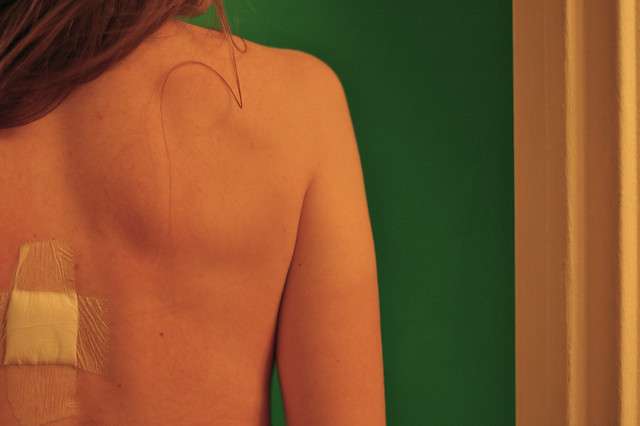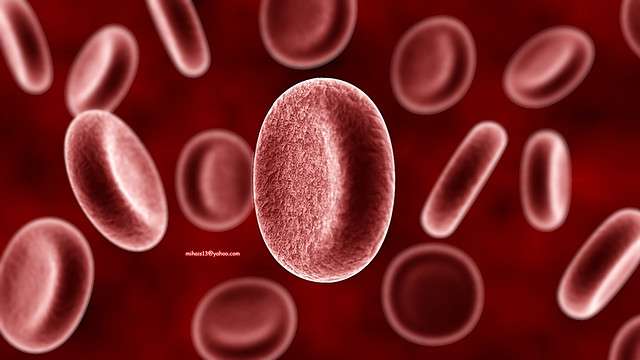
Spectrophotometric technology has been used for decades to analyze and differentiate colors, chemical compounds, and to detect impurities in various substances. As this technology continues to evolve, new methods of analysis are developing and finding multiple applications in the healthcare field. Spectral imaging has a variety of applications, which now includes using this technology for early detection in skin cancer patients.

Skin cancer is a dangerous and invasive disease that can cause serious complications and even death in patients. Early detection through spectral imaging provides the key to early diagnosis and treatment.
Image Source: Flickr user Traci Lawson



